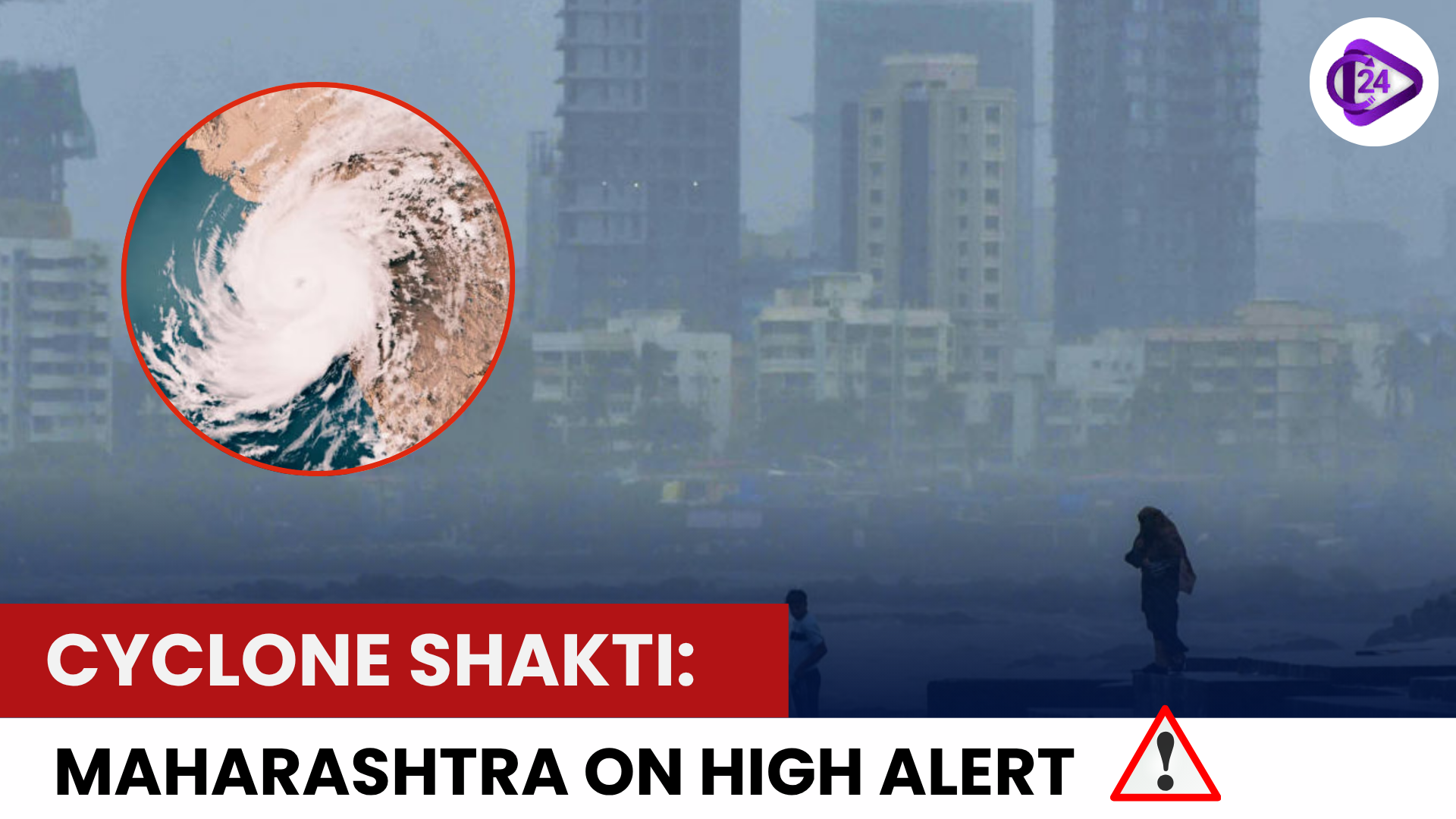
The Cyclone Shakti has sounded off a rain alert in Mumbai and the Konkan region between October 4 to 7. Strong winds of 45 to 65 kmph and rough seas are also likely in the coastal areas such as Thane, Palghar, Raigad, Ratnagiri, and Sindhudurg. The governments have discouraged fishermen from going to sea and recommended that people stay out of low-lying places. Disaster response teams have been put on alert, and local administrations have put preventative actions in place as the cyclone slowly passes along the Arabian Sea, causing extensive rains.
Geographical Overview: Cyclone Shakti’s Route Toward Maharashtra
-
The monsoon conditions enhanced the active ocean temperatures to create Hurricane Shakti, which formed in the east-central Arabian Sea.
-
It is shifting north eastwards, approaching the Maharashtra coast, especially the Konkan region and Mumbai.
-
Dr. Mrutyunjay Mohapatra, head of the India Meteorological Department, has given alerts of heavy rains, high winds, and bad weather on the coast.
-
The coastal districts of Raigad, Ratnagiri, Thane, Palghar, and Sindhudurg are likely to be the most affected.
-
The cyclone is likely to diminish into a deep depression after October 6, but will probably still cause extensive rain and strong winds in western Maharashtra.
-
The name ‘Shakti’ was proposed by Shri Lanka under the protocol of the VMO/ESCAP of the panel of tropical cyclones.
Increasing Cyclone Formation in the Arabian Sea
-
In the past 2 decades, there has been an increased prevalence and severity of cyclones in the Arabian Sea, largely because of climate change and warmer sea temperatures.
-
The temperature of the sea water has risen by approximately 1-1.5 providing optimum conditions to my powerful cyclones.
-
Previously, the Bay of Bengal generated approximately 70 per cent of all cyclones in India; however, today its proportion is almost twice as much in the Arabian Sea.
-
This is evidenced by recent cyclones such as Tauktae (2021), Biparjoy (2023), and Shakti (2025).
-
These hurricanes lead to excessive precipitation, coastal flooding, and sea erosion, particularly in Maharashtra, Gujarat, and Karnataka.
-
Scientists caution that the growing intensity of cyclones poses a threat to marine ecosystems, shore-based infrastructure, and livelihoods and requires more robust disaster management and early warning infrastructure.
Conclusion
Cyclone Shakti is alert on the increasing cyclone activity in the Arabian Sea caused by climate change and warmer sea surface temperature. It occurred in early October 2025, and its formation was accompanied by heavy rainfall, a wind speed of up to 65kmph, and rough sea along the Maharashtra coast, particularly in Mumbai, Raigad, Ratnagiri, and Sindhudurg. The India Meteorological Department, headed by Dr. Mrutyunjay Mohapatra, gave early warnings that minimized the damage. Shakti, even though weakened after October 6, highlighted the importance of good coastal management, advanced forecasting, and community preparedness to deal with future cyclones.



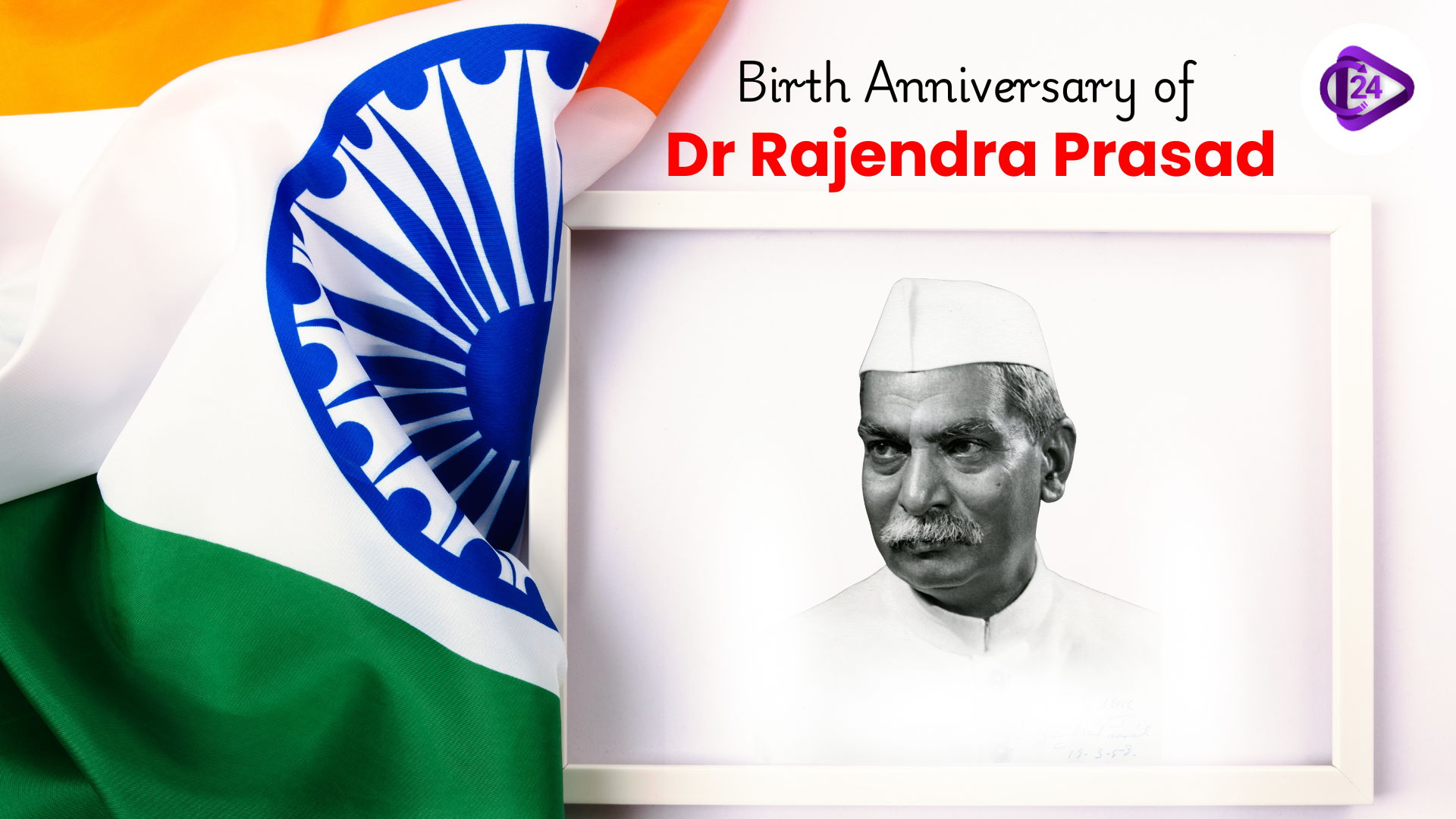 Birth Anniversary of Dr Rajendra Prasad
Birth Anniversary of Dr Rajendra Prasad Tessy Thomas Achieves Major Recognition With Dr Paulos Mar Gregorios Award 2025
Tessy Thomas Achieves Major Recognition With Dr Paulos Mar Gregorios Award 2025 Ramban Sulai Honey GI Tag: A Major Win for Traditional Beekeeping
Ramban Sulai Honey GI Tag: A Major Win for Traditional Beekeeping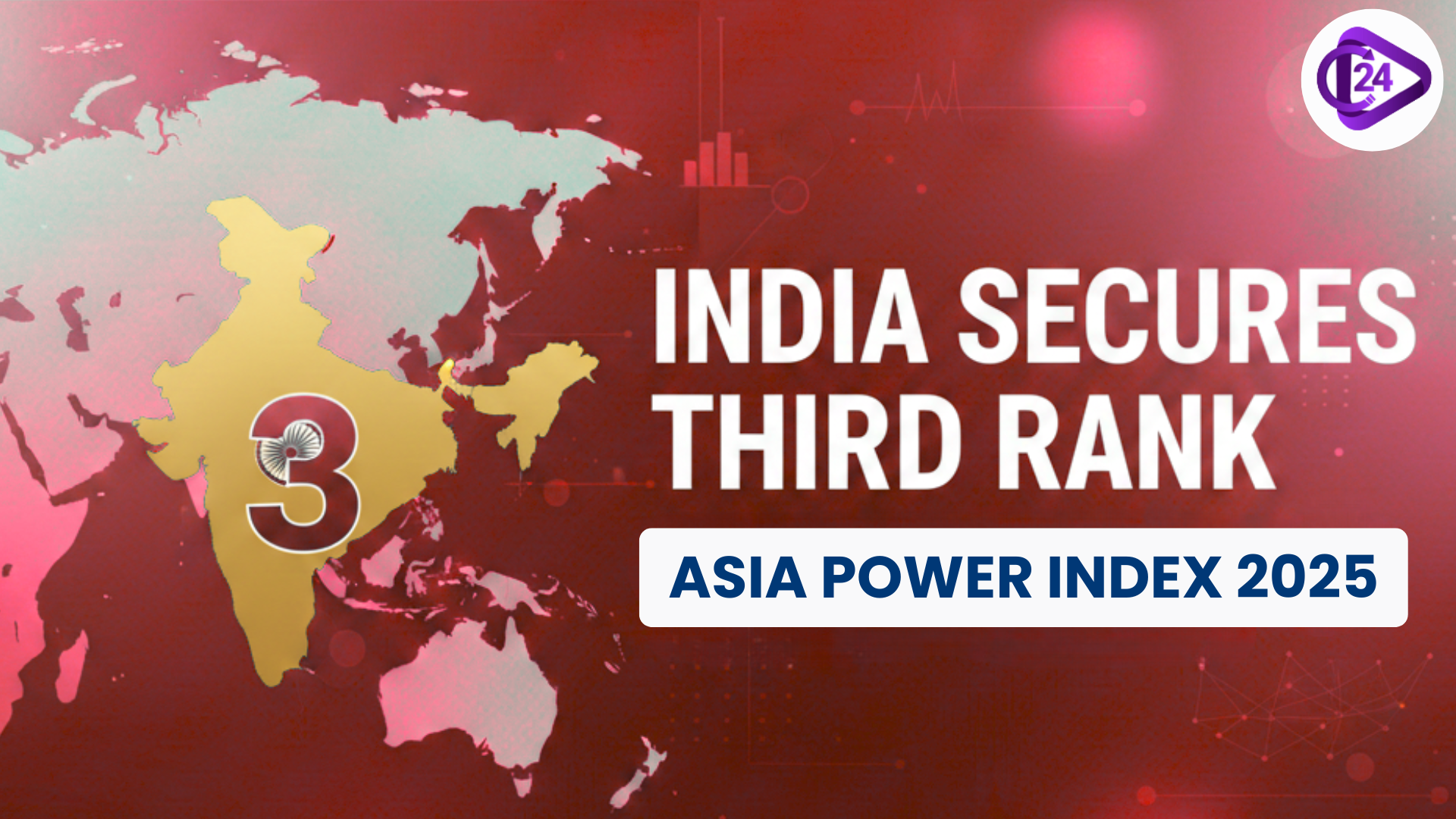 India Secures Third Rank in Asia Power Index 2025
India Secures Third Rank in Asia Power Index 2025 Constitution Day of India 2025: History, Meaning and Timeline Explained
Constitution Day of India 2025: History, Meaning and Timeline Explained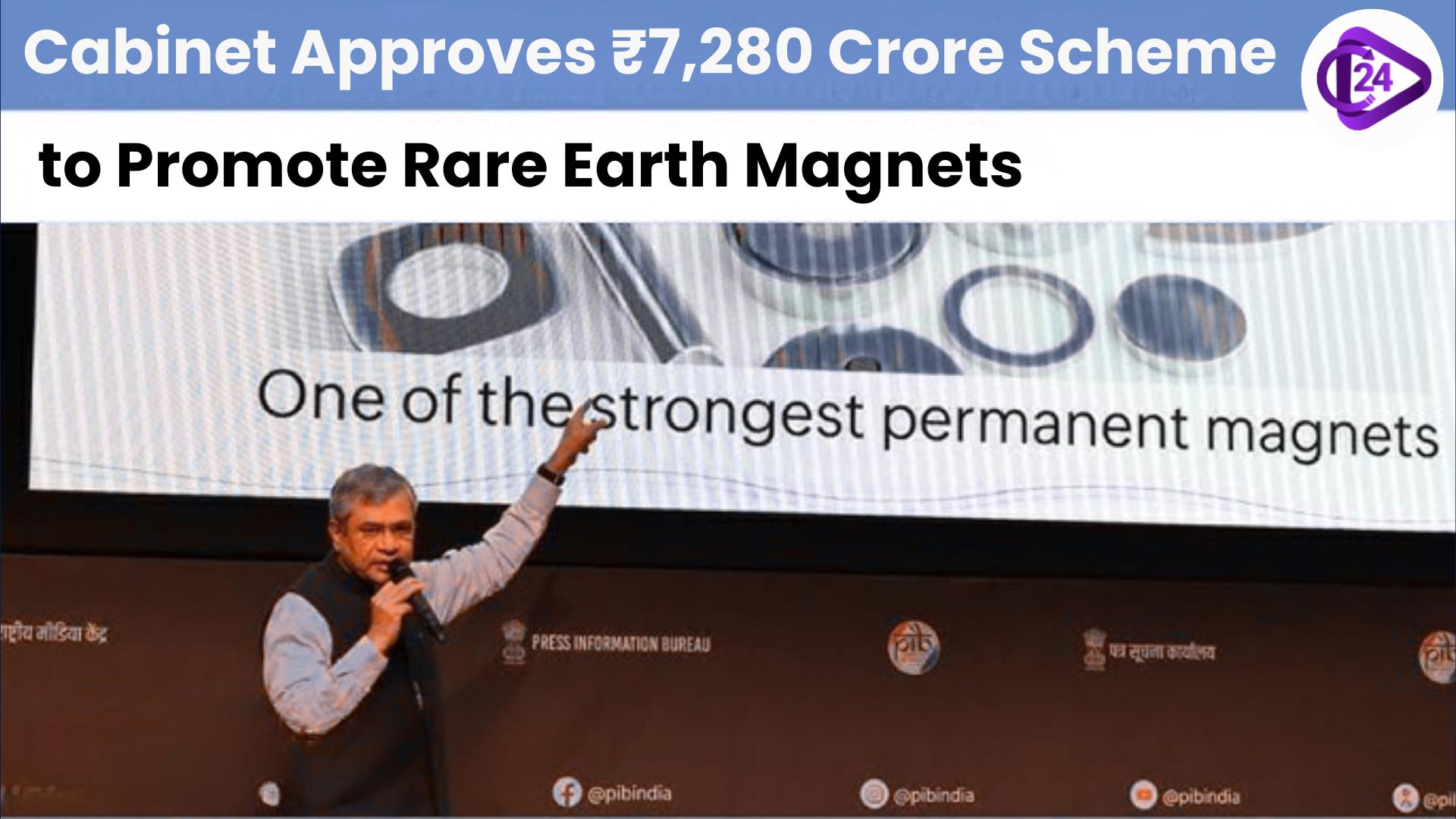 India Launches ₹7,280 Crore Initiative to Develop Rare Earth Magnet Manufacturing
India Launches ₹7,280 Crore Initiative to Develop Rare Earth Magnet Manufacturing Assam Government Introduces Bill to Ban Polygamy with Strict Penalties
Assam Government Introduces Bill to Ban Polygamy with Strict Penalties Guru Tegh Bahadur Martyrdom Day 2025 A Tribute to Courage and Spiritual Strength
Guru Tegh Bahadur Martyrdom Day 2025 A Tribute to Courage and Spiritual Strength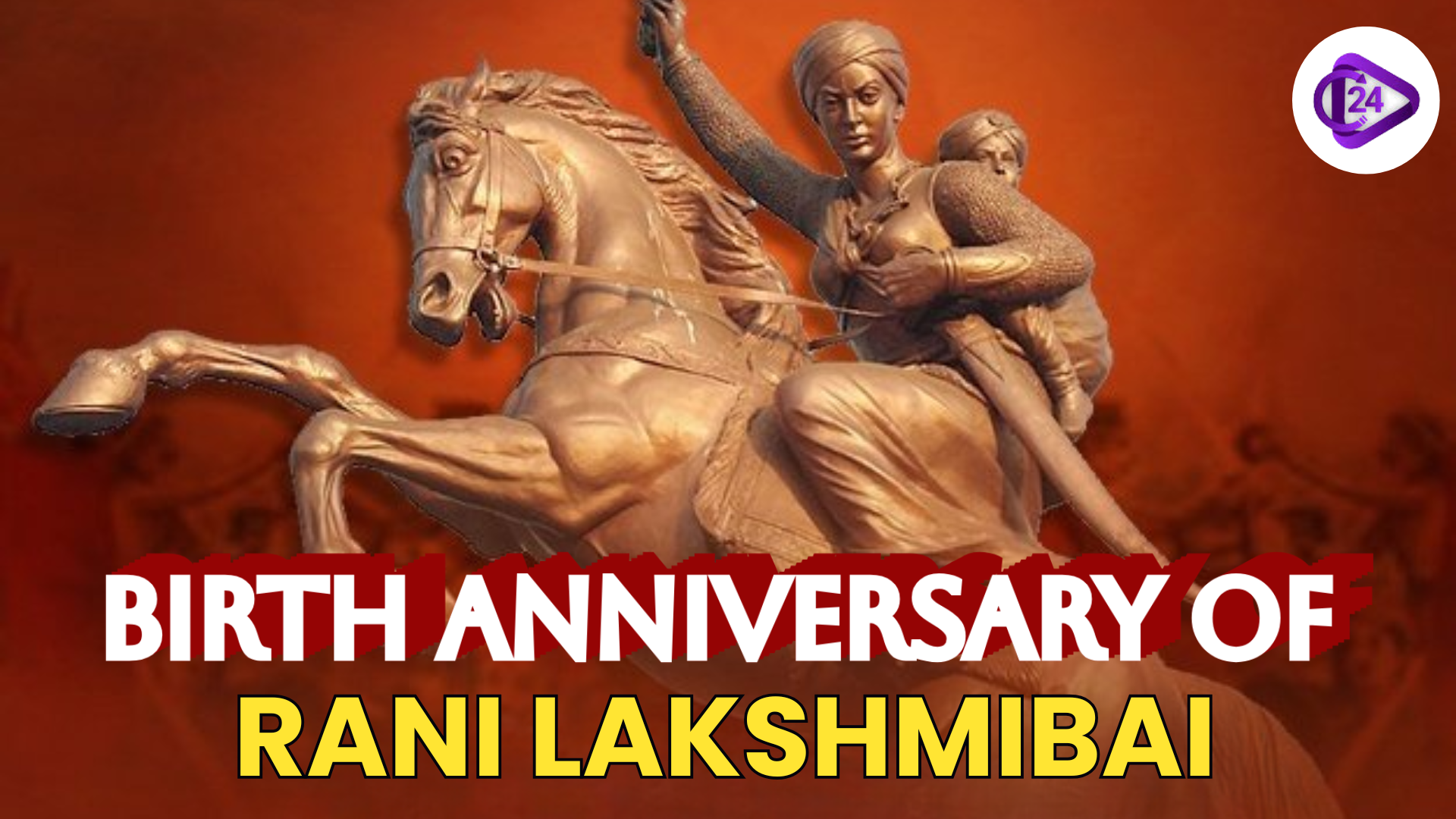 India Pays Tribute to the Birth Anniversary of Rani Lakshmibai
India Pays Tribute to the Birth Anniversary of Rani Lakshmibai Kinnaur’s Raulane Festival Celebrates Nature’s Mystical Guardians
Kinnaur’s Raulane Festival Celebrates Nature’s Mystical Guardians






